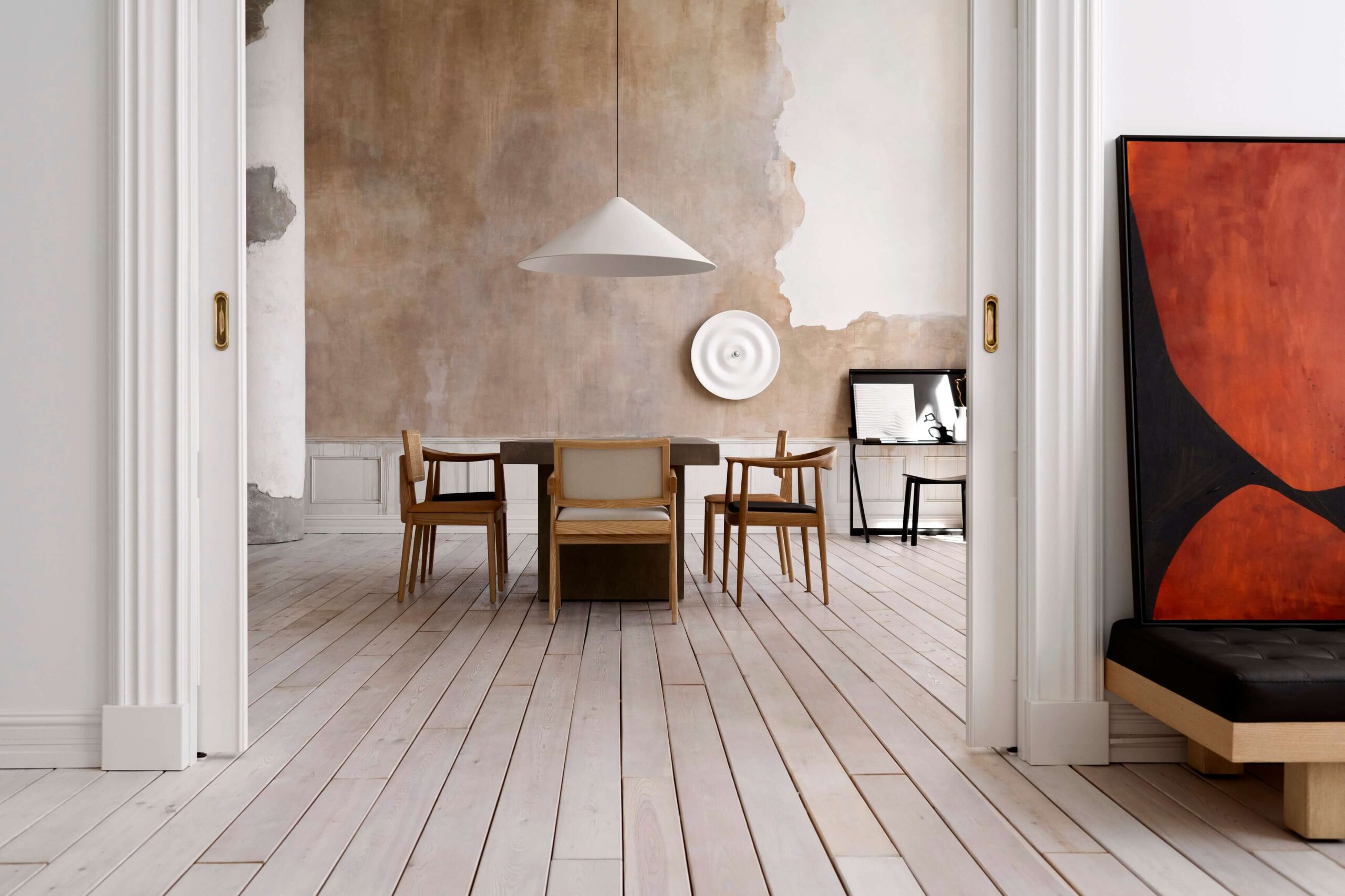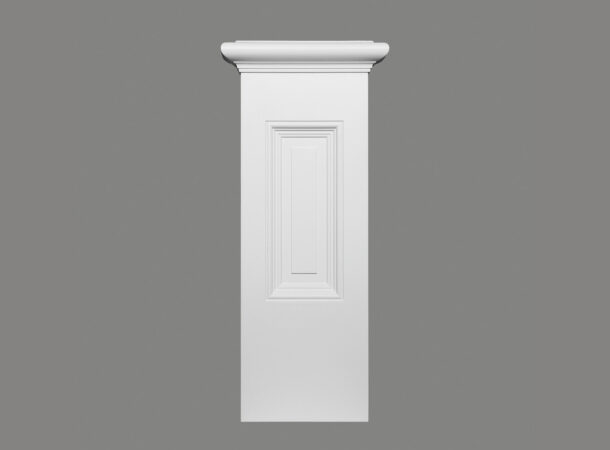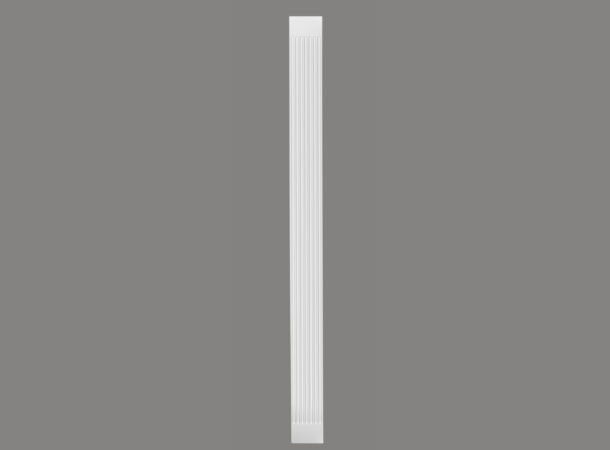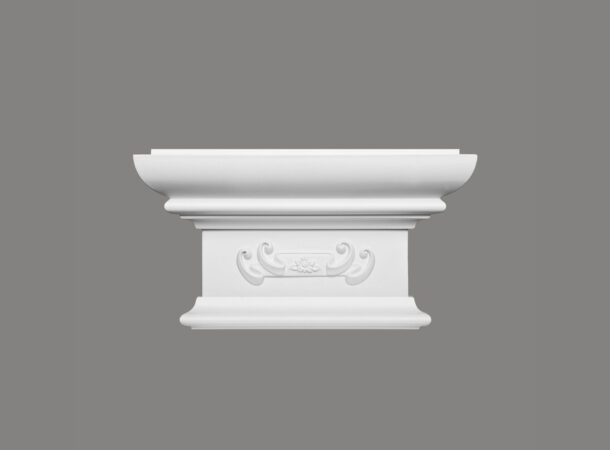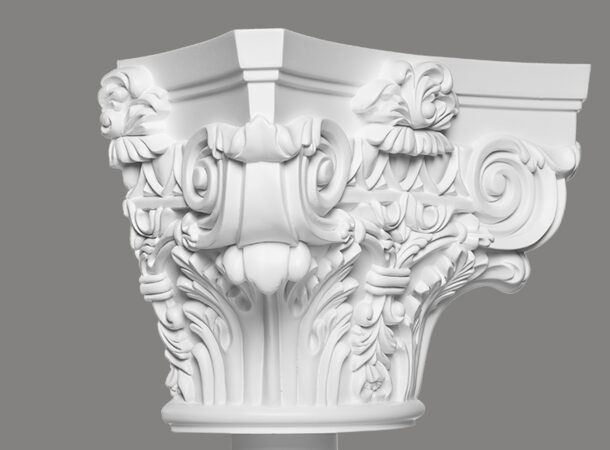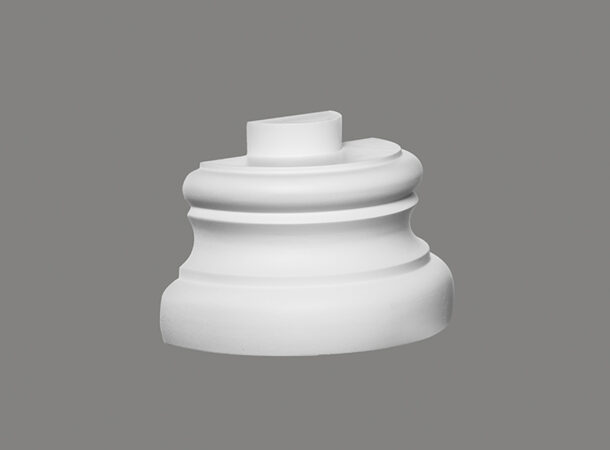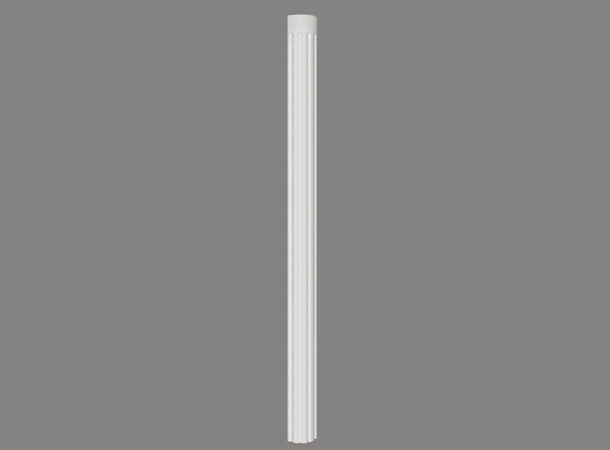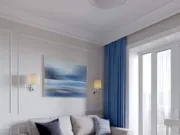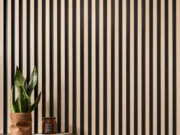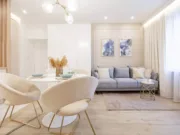Pilasters in modern design: A new approach to a classic element
Pilasters in modern design are a fascinating example of how architectural elements with a long history can find their place in the aesthetics of the 21st century. They had their origins in ancient Greece, but were also successfully used in later eras. Full of antique decorations, they were once a symbol of luxury, sophistication and high social status. They were used in ballrooms and manor houses. These classic elements, rich in details and decorations, brought unique class and elegance to the interior.
However, over time, pilasters, despite their rich heritage, have lost popularity, becoming an almost forgotten element in the context of contemporary design. Many modern interior designs lean towards minimalism and functionality, seemingly leaving no room for such decorative accents. Nevertheless, we would like to remind you a bit of this forgotten stucco element. We invite you to read today’s article, which may inspire you to experiment with pilasters even in contemporary spaces, combining the heritage of ancient decorations with modern aesthetics.
What are facade pilasters?
Pilasters, although in the past they could have a structural function (built into wall partitions, they strengthened the walls of the building) or an aesthetic function (e.g. as elements above window cornices or door decorations finished with richly decorated ceiling moldings), today are more often used as a purely decorative aspect of architecture. Their structural role, although still present in some designs, has given way to a mainly aesthetic use. Used as a decorative element, they give buildings a characteristic, elegant look.
A pilaster consists of three main parts: a pilaster base, a pilaster shaft and a pilaster head. The base, which constitutes the base, provides stability and is usually rectangular or square, well rooted in the ground of the building. The shaft of a pilaster is a vertical, usually flat element that visually supports the structure or cornices, adding a vertical line to the facade. At the top, the pilaster is crowned with a capital, often richly decorated, constituting the culmination of the entire structure. Both the base, shaft and head of the pilasters can take on a variety of forms and decorations, from simple and minimalist to complex and detailed motifs, which allows for the wide use of pilasters in various architectural styles.
Elements decorating the face of the wall – what is the difference between a pilaster and a semi-column?
Among the elements decorating the face of the wall, a pilaster and a half-column are often confused, but the key difference between them lies in their form and the way of integration with the structure of the building. A pilaster is a flat pillar that imitates the form of a column, but adheres directly to the wall, creating a three-dimensional impression. It usually has a rectangular cross-section and is used for both decorative and structural purposes, adding elegance and character to the wall. In turn, a half-column is semi-circular (a column divided in half and attached to the wall). It is a much more three-dimensional decoration that resembles a classic column in terms of form rather than a coherent wall element.
The main difference is the way in which the pilaster and half-column are perceived and integrated with the wall – the pilaster, as a flat pillar, fits tightly to the wall, while the half-column, being a more protruding element, offers a deeper three-dimensional effect.
Features of modern decor
Modern interior architecture values primarily simplicity of form, minimalism and conscious shaping of space. It is characterized by simple, geometric shapes that harmonize with the idea of spaciousness – the interiors are designed to avoid excessive crowding, allowing each element to “breathe”. White dominates as the base color of the interior, creating bright, open spaces that perfectly disperse light. However, modern design does not shy away from intense colors and expressive wallpapers, which act as accents that break the monochrome and add character. Large, panoramic windows are often used, not only for aesthetic reasons, but also for functionality, providing an abundance of natural light. In addition, modern interiors appreciate intelligent solutions, such as hidden compartments or multifunctional furniture, which help maintain order and maximize the usefulness of each square meter. It is also worth noting that modern interior design is not afraid of experiments with new materials, forms, accessories from various architectural styles and technologies, which allows for a constant redefinition of what is possible in creating space. The above description of contemporary interiors seems very sterile and minimalist, so how do classic pilasters fit into this? More on that below.
How to combine pilasters with modern interior design?
Pilasters in the form of vertical strips can be a great complement to contemporary wall panels, lamellas and grooved cabinet fronts, introducing a fashionable, stylish and modern aesthetic. Vertical lines offer a universal solution, adding three-dimensionality to often flat interiors. It is also worth paying attention to the design of the pilasters’ heads or their bases – instead of traditional, richly decorated forms in the Doric style, it is better to choose long, simple shapes without unnecessary decorations, and even consider completely abandoning these elements, if the design allows it. A modern finish, such as matte, will provide elegance and a modern look, while avoiding the impression of cheapness. When it comes to colors, white is always a classic choice, but adding an intense color that is already present in the interior can give it a modern character.
All Mardom Decor stucco elements are covered with a high-quality primer with a matte finish. This is an additional layer that smoothes the material and prepares it for painting. Thanks to this, the decoration can be quickly and easily covered with paint in any color without the need for prior priming.
Pilasters can be used in modern interiors not only as window and door frames, but also in other, unconventional contexts. They can be used as an elegant ending to built-in wardrobes, a decorative element on TV walls or as a subtle detail in the arrangement of the wall behind the bed in the bedroom. Another idea is to use pilasters to create visual divisions in open spaces. They can also be used to frame fireplaces or as an aesthetic finish to built-in wardrobes, and can also add a retro note to modern arrangements. Another interesting idea is to use pilasters as support for modern wall shelves or as an original background for LED lighting, creating impressive light compositions.
Modern decorative pilasters
Modern decorative pilasters can be made of a variety of materials, adapted to the needs and aesthetic preferences of each interior. Traditionally, plaster pilasters are used, but now much more affordable alternatives are also available, such as wooden pilasters, Styrofoam pilasters, as well as more modern solutions, such as polymer materials. Styrofoam pilasters are valued for their lightness and ease of installation, while wooden pilasters add warmth and natural charm to interiors. However, pilasters made of modern polymer materials represent the latest generation in the field of decoration, offering not only aesthetics, but also exceptional durability.
The Mardom Decor polymer used to produce pilasters is the proprietary ProFoam® material. It is a light polyurethane foam with a much higher density than Styrofoam, which directly translates into increased durability of the products (Styrofoam can be dented with a finger, in the case of ProFoam® there is no such problem). This material is also very plastic during production, which allows you to create precise and clear decorations. This material is lightweight, which allows you to create even large and massive decorations without the risk of detaching from the wall or ceiling. It is also resistant to moisture, making it suitable for both private and commercial interiors that require durability and resistance. Mardom Decor pilasters are also easy to install. Installation is limited to surface preparation and the use of appropriate glue. You can then paint the surface in any color using water-based paints.

